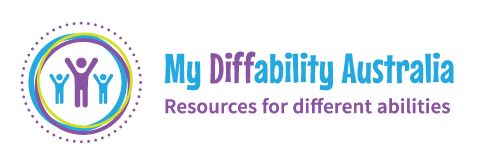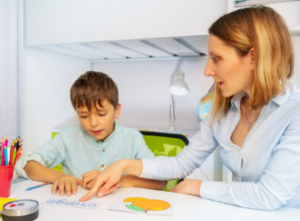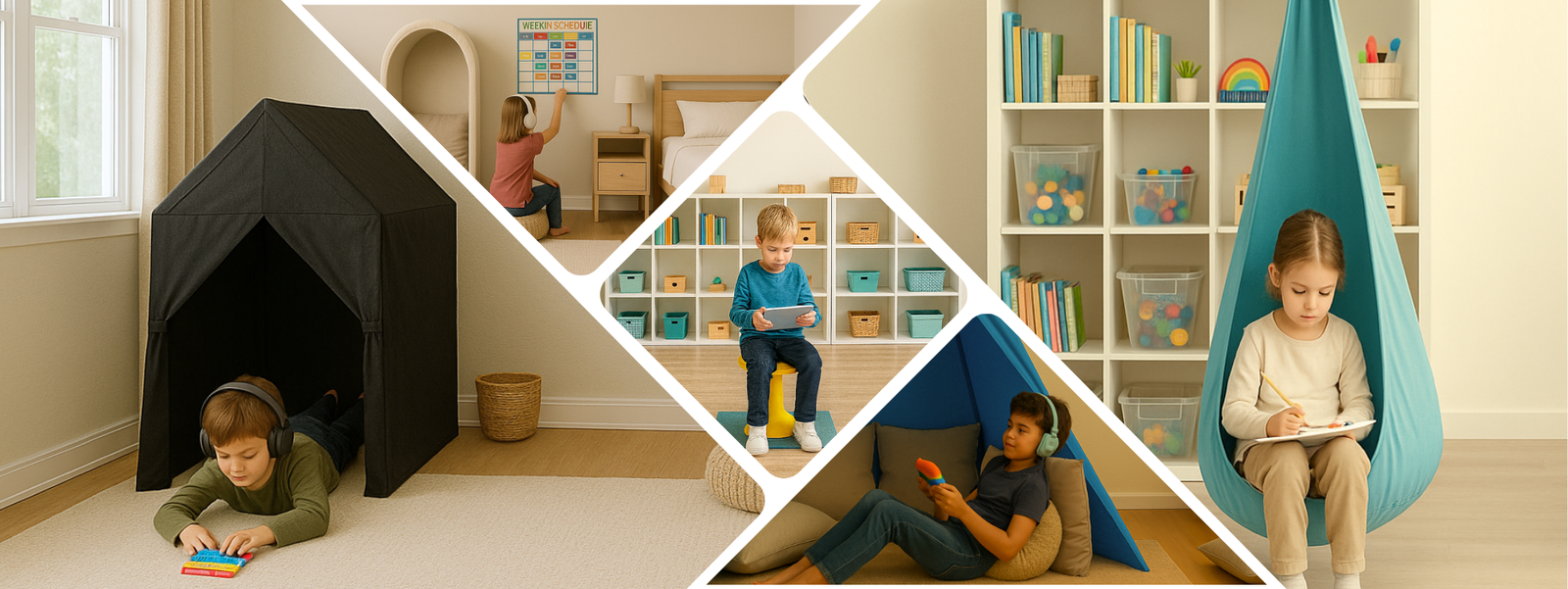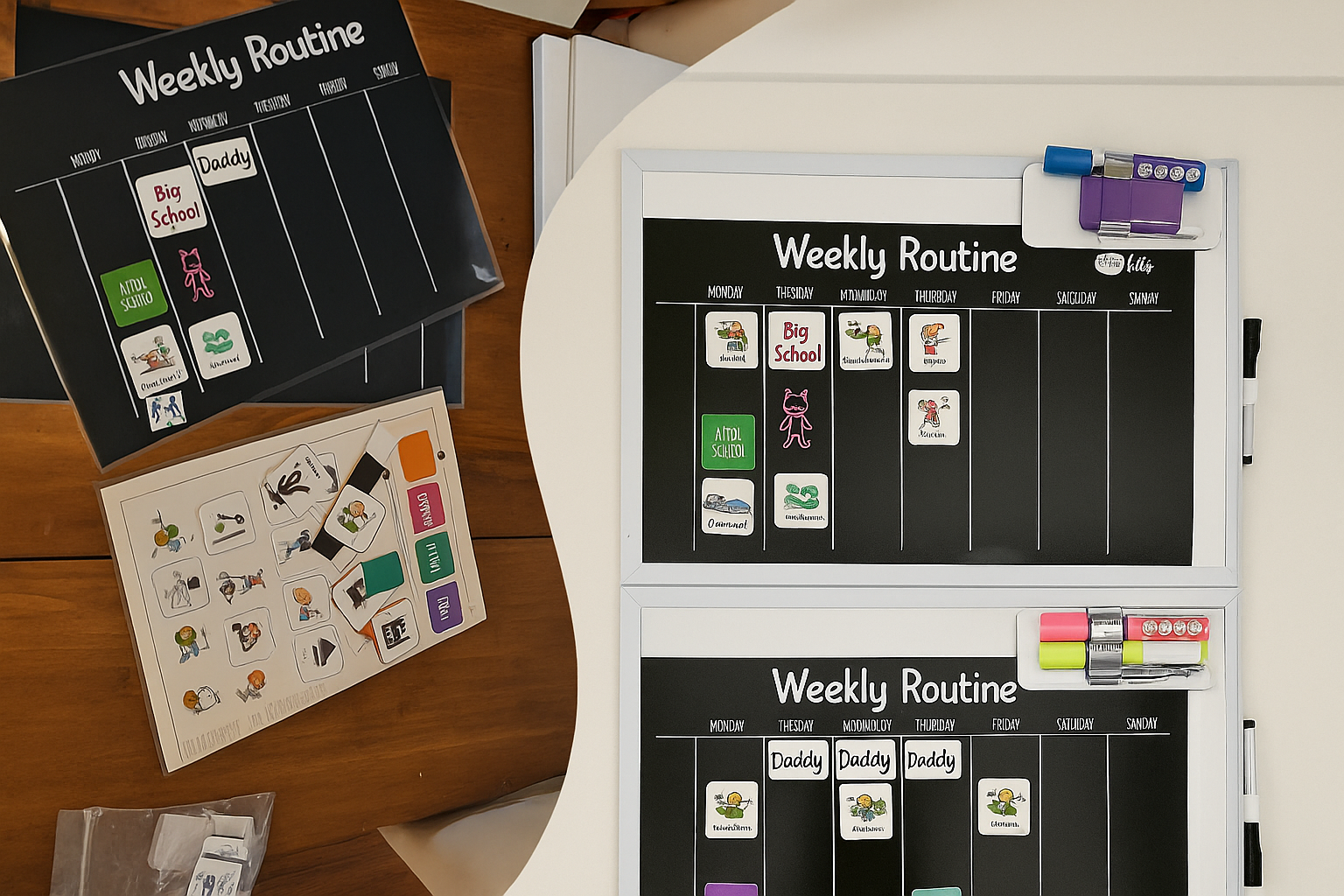
Teaching autistic children and other children with special needs can be challenging at times, but the things that are most important and rewarding in life are rarely easy. Some of the many fantastic things about teaching these children are that you learn from them just as much as you teach, you “get out what you put in”, and that the things you teach these special children will make a real and profound difference in their lives.
When we find ourselves talking to friends or people we meet in the community about what it is that we do (as therapists), the typical response is that it must be very challenging, but most realise that it can also be incredibly rewarding.
This is something we are sure parents, carers, teachers and anyone else who works with children with special needs can relate to. Even the most experienced of us are still faced with new challenges and problems to solve every day in our efforts to provide rich and meaningful learning experiences for these children and adolescents.
We have thought about some of the things we find invaluable when teaching children with autism spectrum disorders and other children with special needs and have listed a few of the key points below. We hope you find them as useful as we do.
- Get to know the child you are working with. Find out what they like, what they don’t like, what really motivates them, what their strengths are, what kind of personality they have (sometimes the things they are interested in might be a bit different to what other children like)... consider all of these things in all of your interactions with the child
- Don’t force it - whenever you are teaching children with special needs (or any child for that matter) the most learning occurs when both the child and you are having fun and enjoying yourselves
- Stick with it - children need repetition and lots of opportunities to practice skills with different people and in different settings in order to achieve success
- Be creative and inventive. Do not be afraid to try new things. Every child is different and often you have to try five different ways of doing something to find the one that really works for the individual child
- Try to reduce distractions in the environment so that the child can focus on you and the interaction
- Many autistic children are visual learners. This means that they learn best through what they see rather than what they hear. This is a real strength for them, so make sure you help them to make use it. If you are finding it challenging to get your message across, think of ways that you can make it easier for the child to understand. What can you show them to help better understand? A picture? An object? A gesture?
- Structure and routine are very important. Try to provide predictable and familiar routines as this helps the child to learn more quickly and also really helps them to feel secure and safe and in a better place to learn. Think about simple routines like getting ready for bed - try to do it in the same order each night. It is also a good idea to think about using visual supports like calendars or daily schedules with pictures to show the child what is happening, what is coming up, etc
- Praise. Make sure you let the child know what a great job they are doing by giving them lots of positive reinforcement
This website and the products we provide are designed to support you in teaching the children and adolescents you work with. We have endeavoured to provide detailed and helpful descriptions to aid you in finding the most useful and relevant resources.
If you have a particular challenge that you would like to sound out feel free tocontact us and we will do our best to help guide you in the right direction.
Happy teaching and learning.
My Diffability Australia
My Diffability Australia - resources for different abilities





Leave a comment (all fields required)